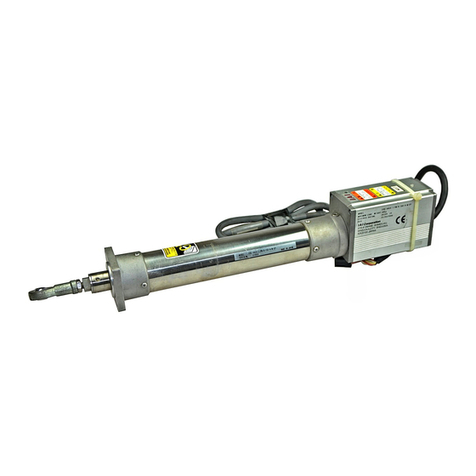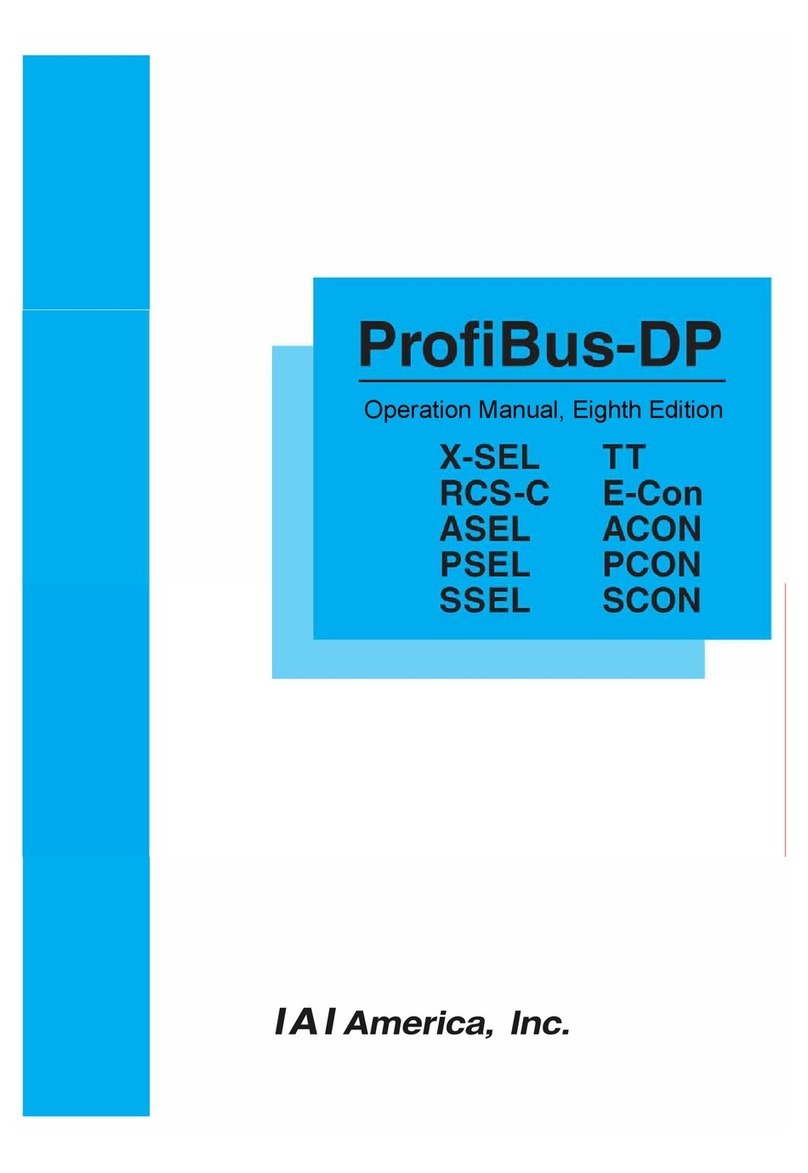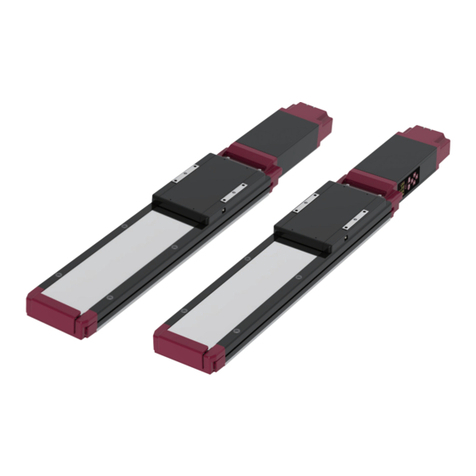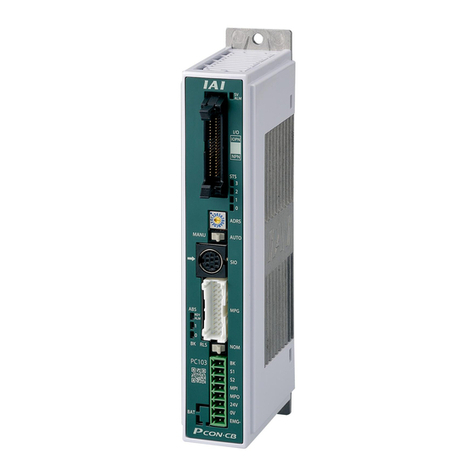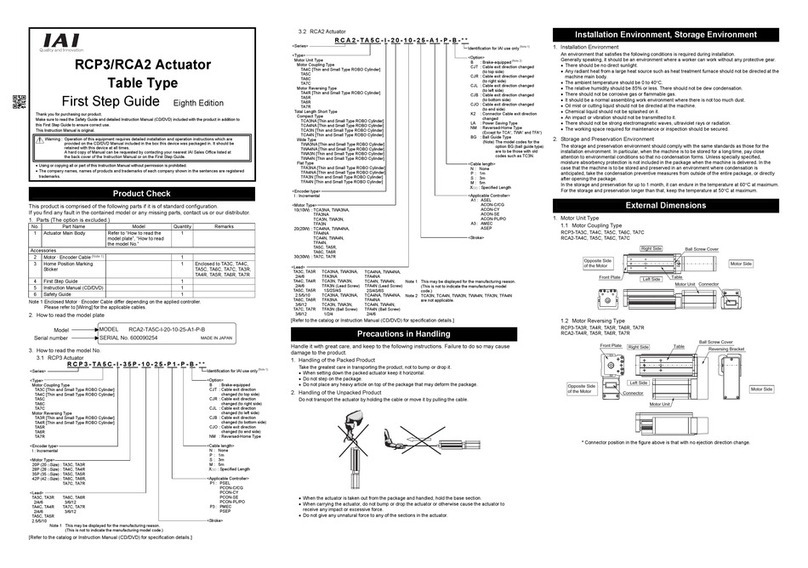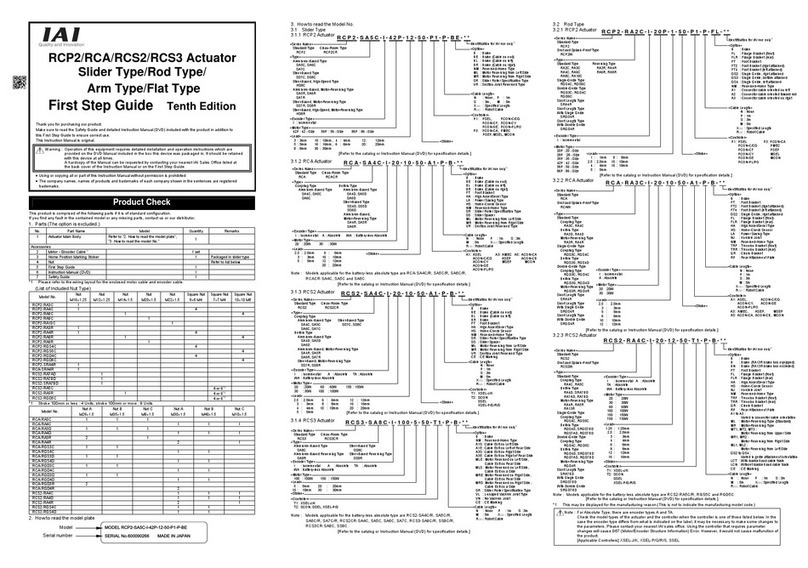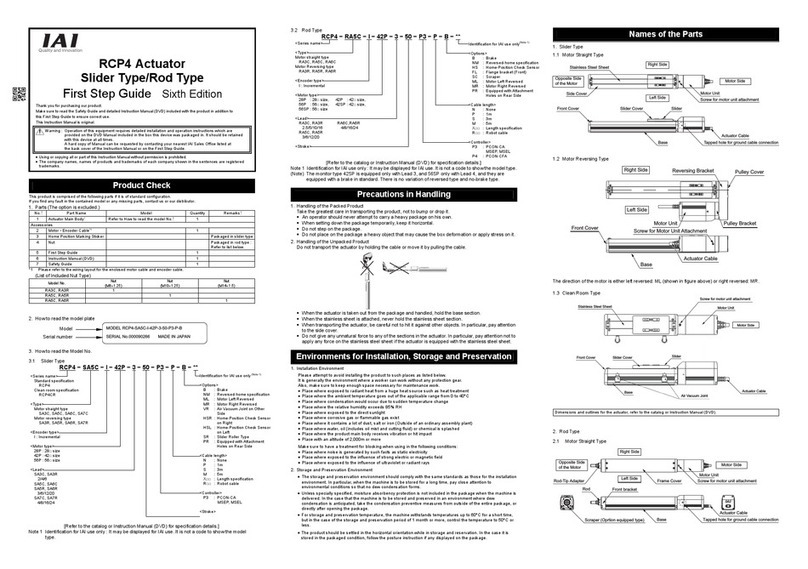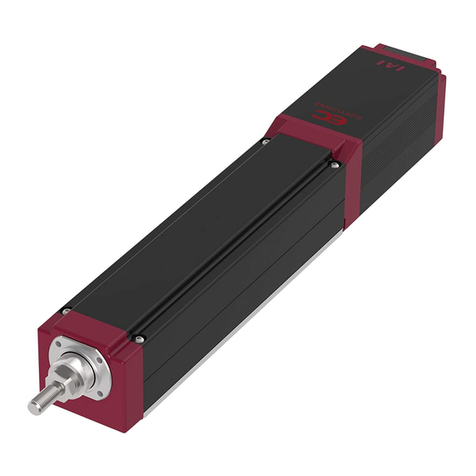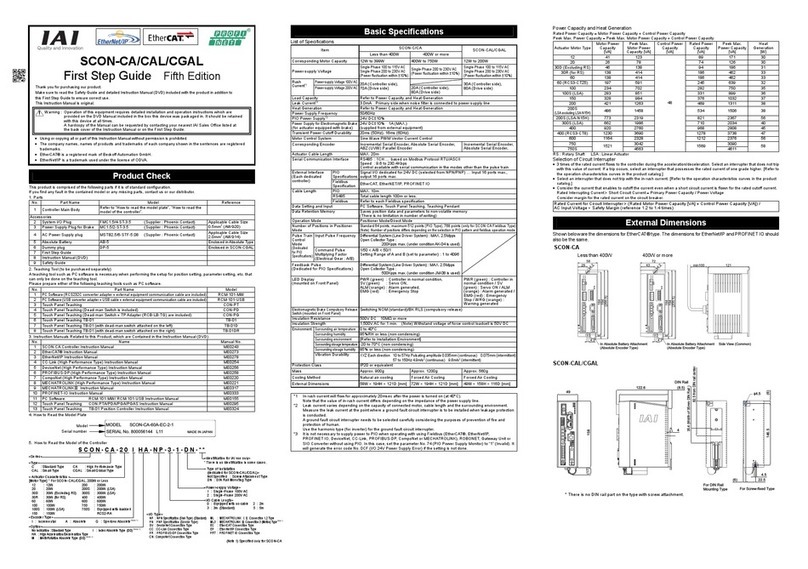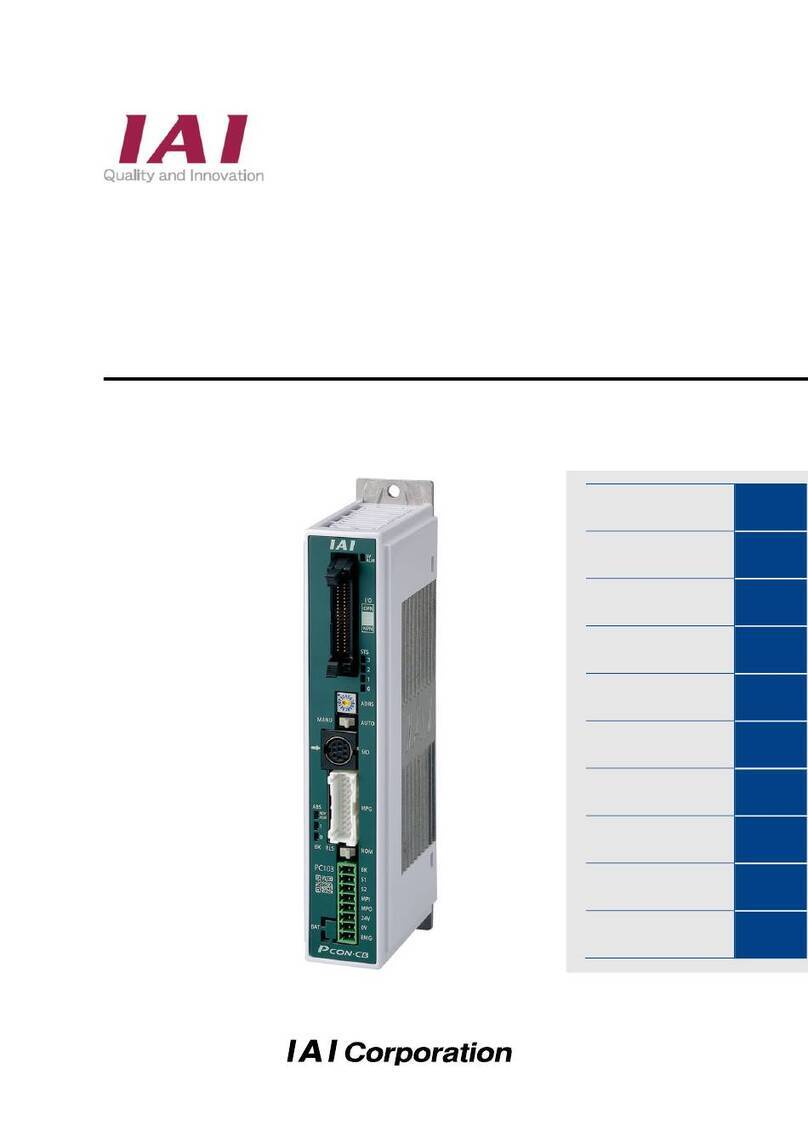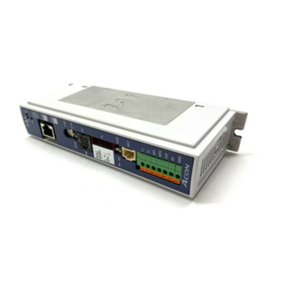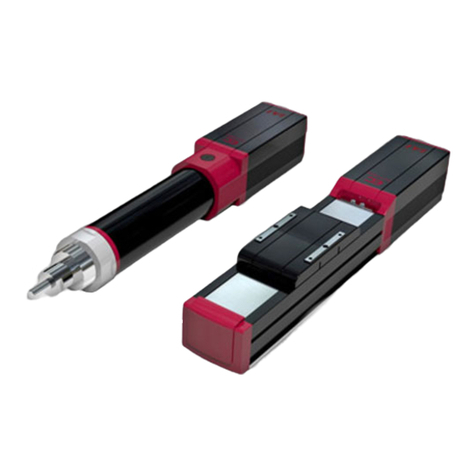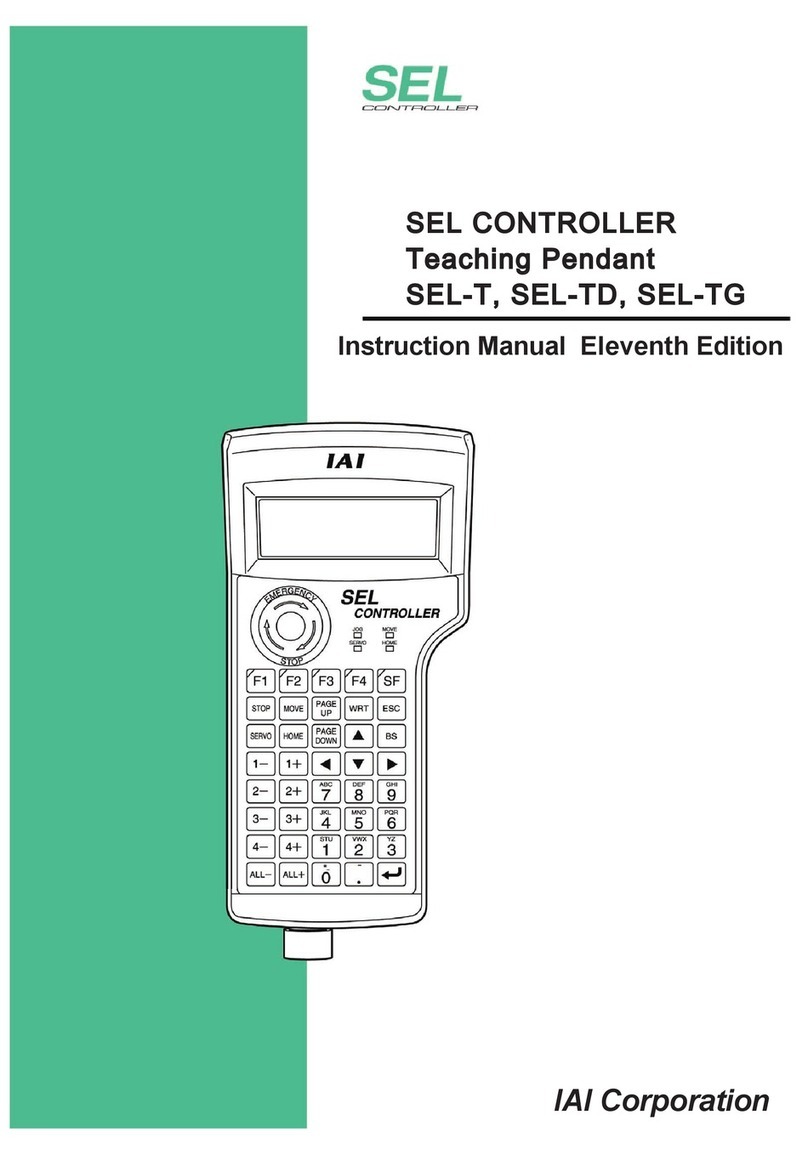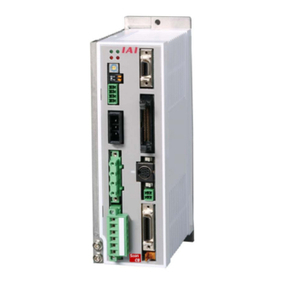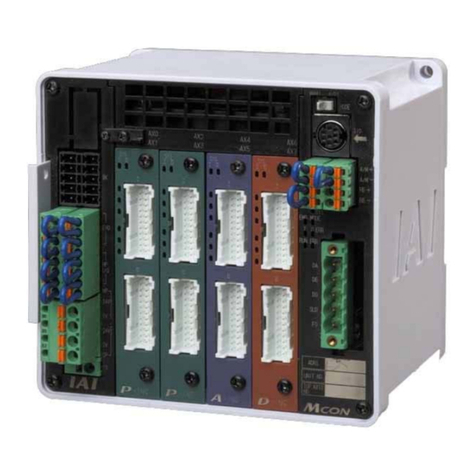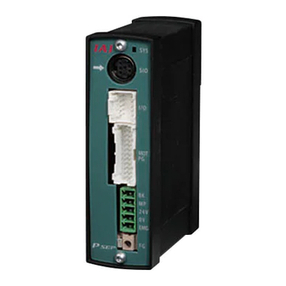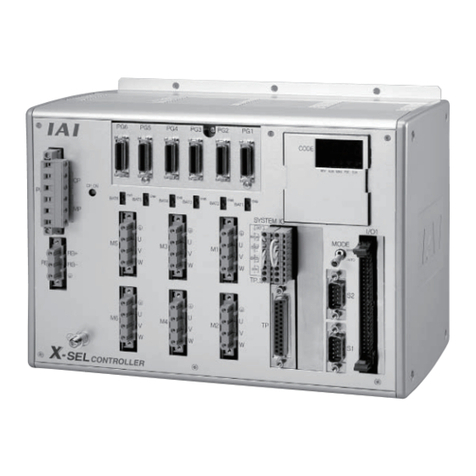
Contents
Safety Guide ···················································································· Intro-1
Precautions for Handling ···································································· Intro-9
International Standard Compliance ······················································· Intro-12
Precautions for Handling Wireless Operation ·········································· Intro-13
Precautions for Axis Operation with Wireless Connection ·························· Intro-16
Part Names ····················································································· Intro-17
Chapter 1 Specifications
1.1 Checking the product ································································ 1-1
Components ·································································································· 1-1
How to read the model nameplate ······································································ 1-2
How to read the model number ·········································································· 1-2
Product list ···································································································· 1-3
1.2 Mechanical specifications ·························································· 1-4
Rod type RP4 ································································································ 1-4
Rod type GS4 ································································································ 1-7
Rod type GD4 ································································································ 1-11
Table type TC4 ······························································································· 1-15
Table type TW4 ······························································································ 1-20
Duty ratio ······································································································ 1-25
1.3 Options ·················································································· 1-26
RCON-EC connection specification (model: ACR) ················································· 1-26
With brake (model: B) ······················································································ 1-26
Home reverse specification (model: NM) ····························································· 1-26
PNP specification (model: PN) ··········································································· 1-26
Battery-less absolute encoder specification (model: WA) ········································ 1-26
Wireless communication specification (model: WL) ················································ 1-26
Wireless axis operation specification (model: WL2) ··············································· 1-27
2-circuit power supply type (Model: TMD2) ·························································· 1-27
S4 guide mounting direction / TC4 table mounting direction (Model: GT2, GT3, GT4) ··· 1-28
1.4 Accessories ············································································ 1-29
Power / I/O cable ···························································································· 1-29
Power I/O connector ························································································ 1-30
Chapter 2 Installation
2.1 Precautions for transportation ····················································· 2-1
2.2 Installation and storage/preservation environment ··························· 2-4
Installation environment ······················································································· 2-4
Storage/preservation environment ·········································································· 2-5
2.3 How to install rod type RP ··································································· 2-6
Installation surface ·························································································· 2-6
Fixing bolts ···································································································· 2-6
Mounting orientation ························································································ 2-7
Body mounting ······························································································· 2-8
Rotation stop mounting ···················································································· 2-10
2.4 How to install rod type GS / table type GD ··············································· 2-12
Installation surface ·························································································· 2-12
Fixing bolts ···································································································· 2-12
Mounting orientation ························································································ 2-13
Body mounting ······························································································· 2-14
2.5 How to install table type TC / table type TW ············································· 2-15
